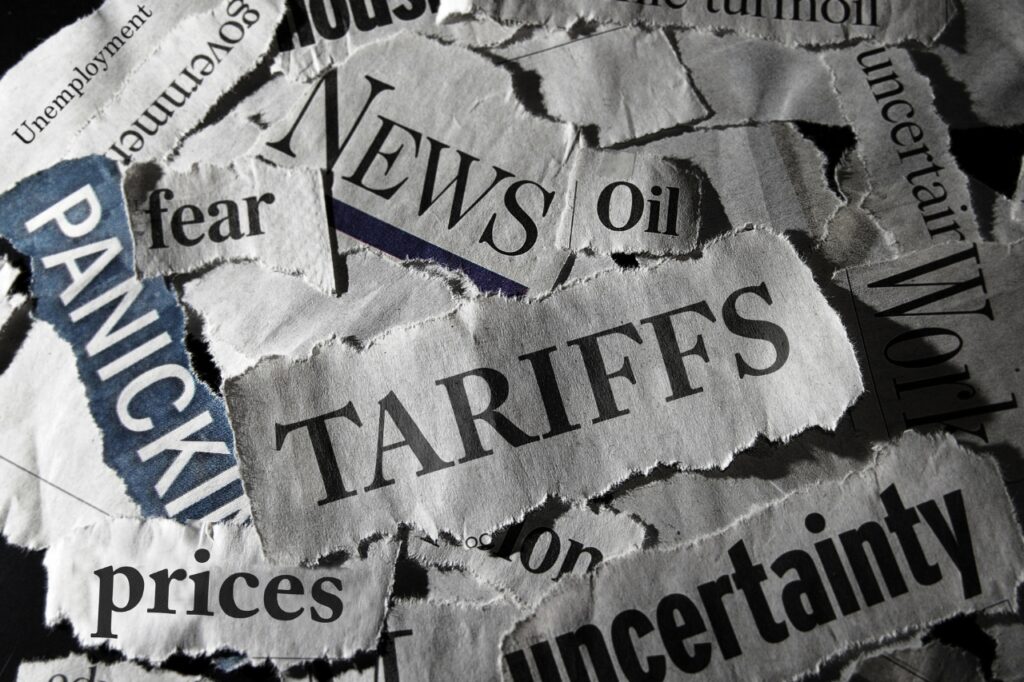
Quick actions can make a big difference when market conditions change rapidly. Here is what you need to prepare for the unimaginable.
Any unexpected event can leave organizations flat-footed without the right type of continuous scenario planning for supply chain optimization. What if a fire erupts in your building, and you only have one hose? Poor preparation is costly and dangerous. A lack of preparedness can be applied to supply chain management as well.
For example, KFC, Formerly Kentucky Fried Chicken, will forever have to live with the poorly planned switch to a new supply chain provider in 2018. Cited by Supply Chain Digital among the top 10 worst supply chain disasters in history, the fast food chain failed to take into account the impact of moving from six warehouses to only one — and the chaos that ensued when an accident shut down the warehouse’s single access point amid heavy traffic to a rugby game.
A blocked freeway may not seem like a significant hill to climb compared to the barrage of challenges businesses have faced since that time — from pandemic lockdowns to Russia’s invasion of Ukraine — but it did cause the temporary closure of nearly 70% of KFC’s UK restaurants.
Continuous Scenario Planning for Supply Chain Optimization: Know Your Plan B
Recognize vulnerabilities and strengths.
Major disruptions are now so common and expected that one business leader told researchers, “Plan B has become a permanent state of being.” The researchers, a group of leading business strategists, examined how Nordic companies evolved decision-making and scenario models in the face of novel risks.
They recently published their “When Scenario Planning Fails” findings in Harvard Business Review, concluding, “Global companies face an ever-wider range of external shocks, coming one after another. These conditions require a larger toolkit that complements bespoke plans with a more generalized capacity to recognize how features of a novel risk/shock will interact with the company’s vulnerabilities and strengths.”
Drive quick functional action.
Gartner also stresses the importance of scenario planning, especially from a functional perspective: “Done right, scenario planning bolsters resilience by helping you specify which actions should take place in a wide range of different situations.”
For instance, when dealing with a market shift at the corporate level, the focus might be on acquiring new customers. For specific functions, in contrast, it could mean renegotiating contracts with suppliers or enhancing support to handle unexpected workload spikes.
“Three-quarters of corporate strategy leaders say significant pivots to strategic plans now happen more frequently,” says Marc Kelly, vice president of research at Gartner. “Functional leaders who understand how disruption affects enterprise strategic and operational decisions can make small but powerful changes to prepare their teams to act on the risk and opportunities that come from volatility.”
Imagine the unimaginable
Can scenario planning be updated for these new realities? HBR writers ask. The fact is that the outputs you get are only as effective as the data and methodologies that underpin them. Modern scenario planning combines quantitative and qualitative methods, drawing on expert opinions, research, and data analysis to develop scenarios.
Far from your best guess, it should enable stakeholders such as manufacturers, distributors, and retailers to leverage everything from simulation to predictive analytics to outline a wide range of “what ifs,” from likely scenarios to hardly imaginable. The latter — a shock to the system — is not surprisingly the hardest to plan for, yet it is an increasingly crucial capability of a resilient supply chain.
Leverage the right supply chain platform.
With such a myriad of variables and data points, companies need a single source of truth to effectively use continuous scenario planning for supply chain optimization. By tapping into a dedicated supply chain optimization platform, you can link strategic network optimization and high-level strategic plans to day-to-day operations to balance demand and supply. When market conditions change, data changes accordingly, enabling everyone across the enterprise to compare scenarios and make collaborative decisions quickly.
The right supply chain platform can help you consolidate and leverage the most critical features of effective scenario planning:
- Robust simulation capability: The ability to simulate various scenarios, understand the tradeoffs of each, and recognize their potential outcomes is crucial for decision-making. This process involves using advanced modeling techniques to test the effects of changing variables on the supply chain, such as market conditions, resource constraints, or disruptive events.
- Advanced analytics: These solutions help businesses identify trends, patterns, and potential disruptions, as well as recommend appropriate actions to address them. Advanced analytics can forecast against future events and behaviors while suggesting specific steps to optimize supply chain performance or mitigate risks.
- Collaboration and synchronized planning across the enterprise: Effective scenario planning requires input and engagement from various stakeholders, including sales, marketing, production, finance, and procurement. Collaborative processes ensure that all perspectives are considered and that the organization is aligned in responding to potential scenarios.
- Flexible and adaptable strategies: Scenario planning should result in developing flexible and adaptable strategies that can accommodate different outcomes. This approach may involve creating contingency plans, adjusting resource allocation, or reevaluating strategic priorities in response to changing conditions.
- Continuous monitoring and updating: Factors in the external environment and supply chain can change rapidly. Regular monitoring of key indicators and updating scenarios ensures the organization remains agile and responsive to emerging threats and opportunities.
- Clear communication and stakeholder engagement: The HBR strategists emphasized the importance of strong internal communication and clearly defined responsibilities of everyone involved. Again, your supply chain platform can communicate the outcomes and implications of scenarios to all relevant stakeholders. This communication helps to create a shared understanding of the potential risks and opportunities, fostering a culture of preparedness and resilience.
Stay ahead
By incorporating simulations into your planning for supply chain optimization, your business will be better equipped to anticipate and navigate the challenges and uncertainties of today’s complex and dynamic supply chain environment. This proactive approach will help you minimize risks, seize opportunities, and ensure the ongoing success of your operations. In other words, there is no reason to suffer the same fate as KFC UK.
Reach out to GAINS to explore our advanced scenario planning capabilities and take proactive control of your supply chain’s future. Contact us today to start a conversation.
Read more
Boost accuracy in demand planning: Look beyond historical data
The arguments against using Excel for supply chain optimization



